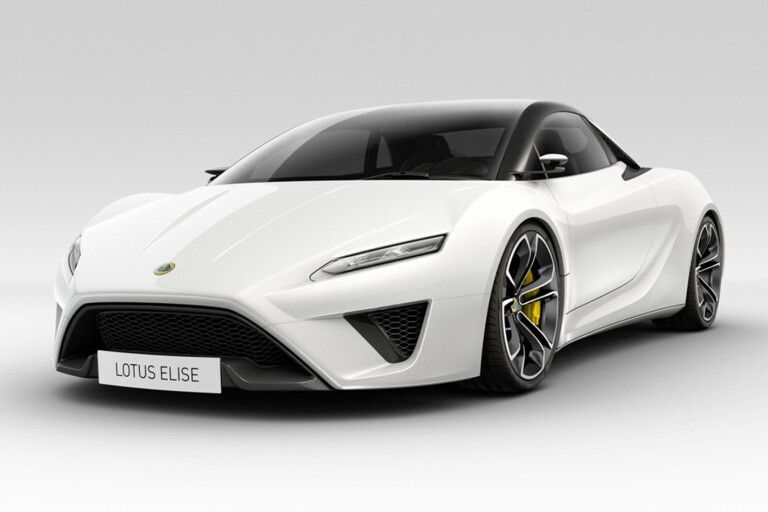
VOLVO and Lotus are exploring how they can help each other in the wake of Lotus’s takeover by the Swedish car maker’s parent, Chinese car maker Geely.
Bjorn Annwall, Volvo’s global head of marketing, retail and strategy, told Wheels the two brands were investigating how they could swap technologies – Lotus is a renowned expert in lightweighting, while Volvo is a leader on hybrid drivetrains – to bring out a future suite of linked products that keep their distinct identities alive.
“As part of being in the same group, we are having organised discussions to see where there are technologies that make sense for both of us to share, and if there is a win-win ability to share, then we will share,” Annwall, in Australia recently for the Volvo Ocean Race stopover in Melbourne, said.
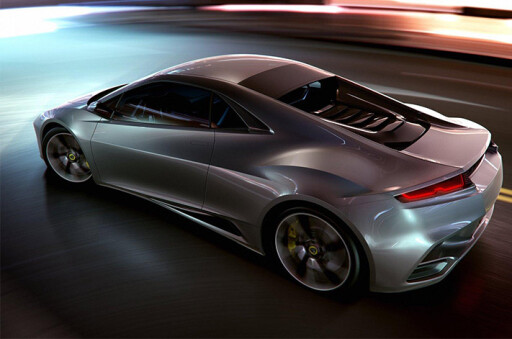
Whatever that shared arrangement is, though, it won’t be a crossover of the brands similar to how Malaysian carmaker Proton used its connections to the British sports car marque to spin out a “Tuned by Lotus” badge to help woo buyers into showrooms, he said.
“I think Lotus is Lotus, and Volvo is Volvo,” Annwall said. “We have inherited a strong relationship with Polestar, so I don’t think that [a Tuned by Lotus-style marketing strategy] is likely.
“But also that’s up for Lotus to answer. But I think Lotus should probably focus on becoming the most Lotus that Lotus can be. Not to being a, you know, an endorsement for other brands; that’s not a sustainable way to build a brand.”
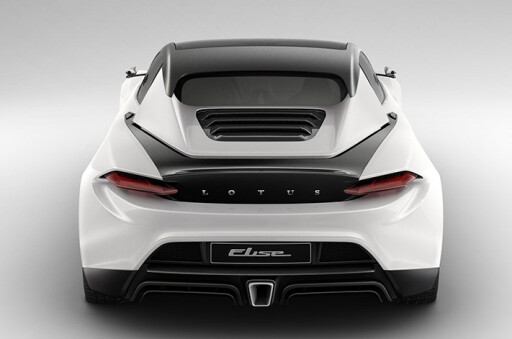
Lotus has stalled after stunning the world by releasing a family of five concept cars in a single hit at the 2010 Paris Motor Show, foreshadowing a new era in lightweight technology and hybrid drivetrains that would introduce guilt-free performance to the brand.
However, the company soon hit financial troubles linked to the conduct of then chief executive Dany Bahar, who was soon ousted from the position, and the plans for the aggressive new model roll-out were shelved.
The car maker currently relies on models including the Elise, launched in 1996, the Exige, launched in 2000, and the four-seat Evora, launched in 2008.
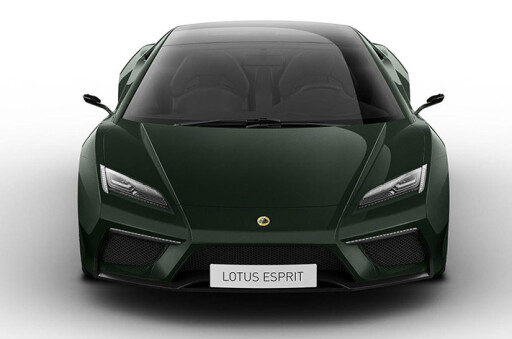
Annwall said Lotus’s struggle with finances wouldn’t be a factor in its future.
“I know another brand who has a fantastic heritage, proud heritage, that had run out of money and love, and that was Volvo in 2010, who got an owner with really great visions, great patience, and also great belief in the incumbent management team’s ability to bring the most out of their intrinsic brand that’s there,” he said.
“I see no reason why Lotus couldn’t become much more Lotus going forward, with infusion of a strong owner, some technology they will be sharing with the group, and a lot of the skills that they have there.
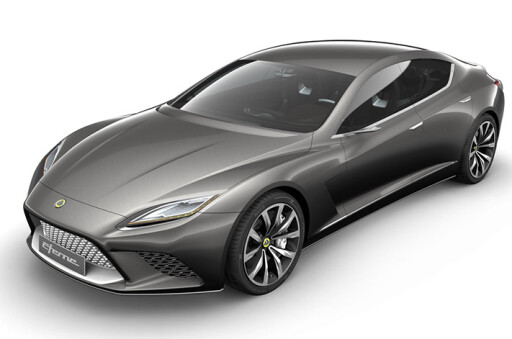
“So I think Lotus has a much greater future than what it looked like two years ago.”
Volvo has plug-in hybrid engines and a battery-electric drivetrain it is developing for its Polestar brand, a resource that Lotus could potentially tap, while the Polestar 1 – the first hybrid performance car under Volvo’s new performance sub-brand – is the Swedish car maker’s first foray into lightweight carbon fibre-reinforced plastics, long an area of expertise for Lotus.
Volvo even admitted at the launch of the Polestar 1 in China last year – the four-seat coupe will be built there but won’t come to Australia as it will not be built in right-hand-drive configuration – that it had consulted fellow Swedish performance car maker, Koenigsegg, over how it could strip weight out of the traditionally heavy plug-in hybrid chassis it wanted to develop for the Polestar brand.

COMMENTS